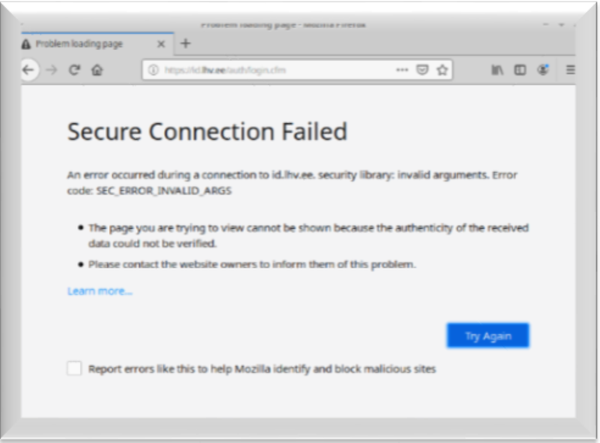MASTERING FILE MANAGEMENT: A SIMPLE WAY TO MANAGE AND ACCESS YOUR DATA ON WINDOWS
Discover simple yet effective methods for file management on Windows. Learn how to access, organize, and optimize your files for productivity and efficiency. #FileManagement #WindowsTips"

INTRODUCTION:
Huge data can be accessed through and probably downloaded on your Windows PC. When you get that much blizzard of news, photos, videos, and web files, your PC turns into a huge storm. Implementing the right techniques and tools properly can help you transform that chaotic tempest into a perfectly ordered library that is ready to help you on any perilous journey. In this article, we embark on a journey to master efficient record management on Windows, ensuring that your data is accessible, arranged, and updated.
THE ART OF ORGANIZING FILES ON WINDOWS
- Taming the desktop: Design a uniform Organizing Framework:
Your desktop serves as a passageway, therefore, keep it tidy!
Otherwise, you might be on the road to a cluttered home or business, things you do not want. Consider organizers for the most common files, use shortcuts for quick access, and think about using wallpaper organizers to have a visual arrangement.
Category like "Work, "Individual" and "Start-up" are good examples of a basic #
2. Folder hierarchy heroes:
In essence, the organizers are your colleagues/assistants in this organization. Make a logical, hierarchical structure, besides the progressive contents, the music classes should have their folder, the photo should come under its subfolder and lastly, the work should be kept in its envelopes. Don’t be afraid to use graphics in your names; “Assembly notes-Q3 2023” is far superior to “Important” which is cryptic.
Rather than using general phrases, make efforts to reach out to context to quickly distinguish the mainstream.
3. Make use of libraries:
Window Libraries can be used to combine files from several locations.
Libraries provide a comprehensive view of connected materials, enhancing productivity.
4. Make use of file explorer favorites:
Your integrated file explorer might make a useful ally. To quickly find what you want, leverage sorting options. Familiarize yourself with its look capabilities, and make use of filters such as date or file type.
Recall that from the right-click menu, you will be able to access many tools for moving, copying, and arranging downloaded files.
Add frequently accessed folders to favorites in File Explorer. This serves you with the move that is immediately creating the shortcuts.
5. Color-code your folders:
Assign folders different colors which in turn helps them to be easily differentiated from the rest of the groups externally.
This is done by right-clicking the folder, and going to “Properties > Customize” to choose the color for your folder.
6. Sort and classify files:
A good title record is likely to speak for itself. One of the matters you cannot afford to disregard is choosing meaningful file names. Don't use general titles such as "Document1" or "IMG_2345" but describe the file using keywords, dates, and project code. Such file names will be important later, especially if you are using these files during design efforts.
Sort documents by date or name or a specific category to maintain order.
Options in File Explorer such as "Sort by" and "Group by" could be a good trick to apply.
7. Make use of search and filters:
If he were a king, or a glinting knight in shining armor, this would not be John Microsoft but Windows Look. Press Win+S and type keywords, file names, or maybe descriptions to quickly locate your file.
Keep in mind that Boolean administrators such as "AND" and "OR" can refine your search like a computer magician.
8. Put Cloud Storage solutions into practice:
Examine cloud storage services such as OneDrive or Google Drive for reliable device access.
Sync folders to the cloud for availability and reinforcement.
9. Regularly declutter:
The occasional review and cleaning of your folders is still worth doing.
Pay attention to the storage space. Transfer your old files to external storage devices or cloud storage like OneDrive, and consider using the disk cleaning tools to remove temporary files, and avail more space.
10. Champion for third parties:
For advanced record administration, take into consideration programs such as Directory Opus or TagSpaces. These tools may take your file organization to the next level with their customizable tagging, powerful search tools, and automation features.
11. Version Control Champions:
Currently, working on documents? To easily track changes, go back to previous versions, and collaborate with ease, utilize version control features similar to those in Word or Google Docs.
Additional tactics:
Automate the Typical:
You can explore Task Scheduler and implement its functions to do automated tasks like cleaning up temporary files at fixed intervals or moving downloaded files to specialized directories.
Keyboard Kung Fu:
Ace Keyboard shortcuts for navigating folders, copying and pasting, managing files, and taking care of the information.
Grasp Sharing:
Utilize Cloud storage or file-sharing platforms to build up projects together with friends or colleagues, whichever design applications, seamlessly accessible data from any device.
CONCLUSION:
No computer science degree is needed to deal with the file management process properly, the only required skills are organization and careful planning. It is not complicated to turn your Windows files into a smart, efficient, and user-friendly space. In practice, this is done by applying these easy-to-follow suggestions. Organize your Data, and Accelerate your Processes. Finally, Enjoy a Computer Experience free of Clutter.
Keep in mind that the pursuit of perfect file management is likely to oscillate between the process and the result. Reinvent, afford, and refine your model if the demands evolve.
Thanks for reading.
If you like the article, consider sharing and subscribing. ;)





